Performance Appraisal System's Impact on Employee Performance at MNPI
VerifiedAdded on 2022/11/19
|36
|3270
|428
Report
AI Summary
This report presents a comprehensive analysis of the impact of performance appraisal systems on employee performance, drawing on survey data and statistical techniques. Chapter 4 focuses on data analysis, including reliability and validity tests (Cronbach’s Alpha, KMO, Bartlett’s test) and frequency representations using SPSS. Statistical methods such as Pearson's correlation and regression analysis are employed to examine the relationship between performance appraisal and employee performance. The findings reveal demographic insights, such as gender and age distribution, and educational qualifications of respondents. The report further explores employee perceptions of performance reviews, including frequency, purpose, and satisfaction levels. Key findings include the positive correlation between performance appraisal and employee motivation, as well as the impact of various factors within the appraisal system on overall employee performance. The report also incorporates interview data from HR professionals, offering insights into organizational practices and objectives related to performance appraisals, ultimately providing recommendations for future research and improvements in performance management systems.
1 out of 36
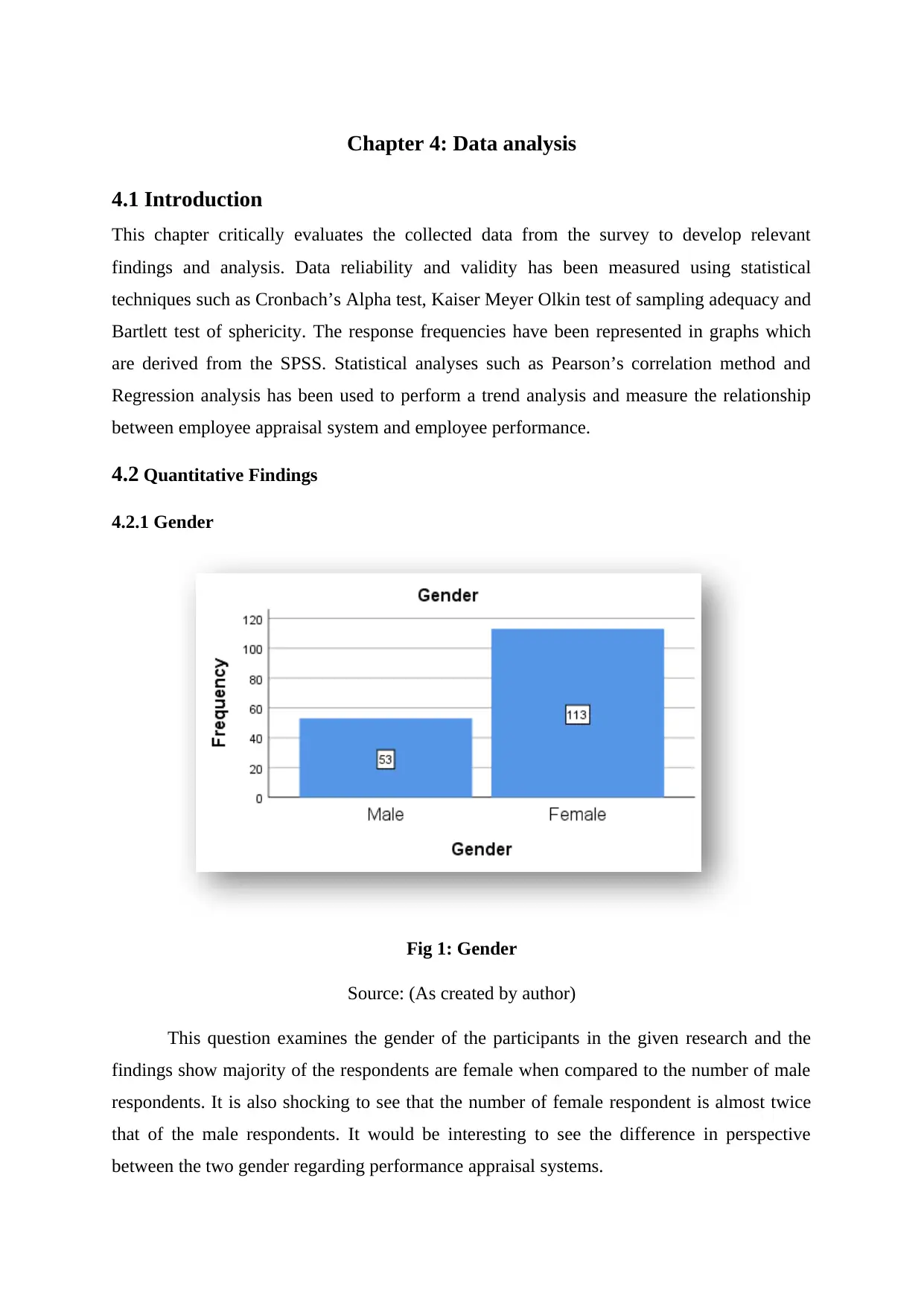
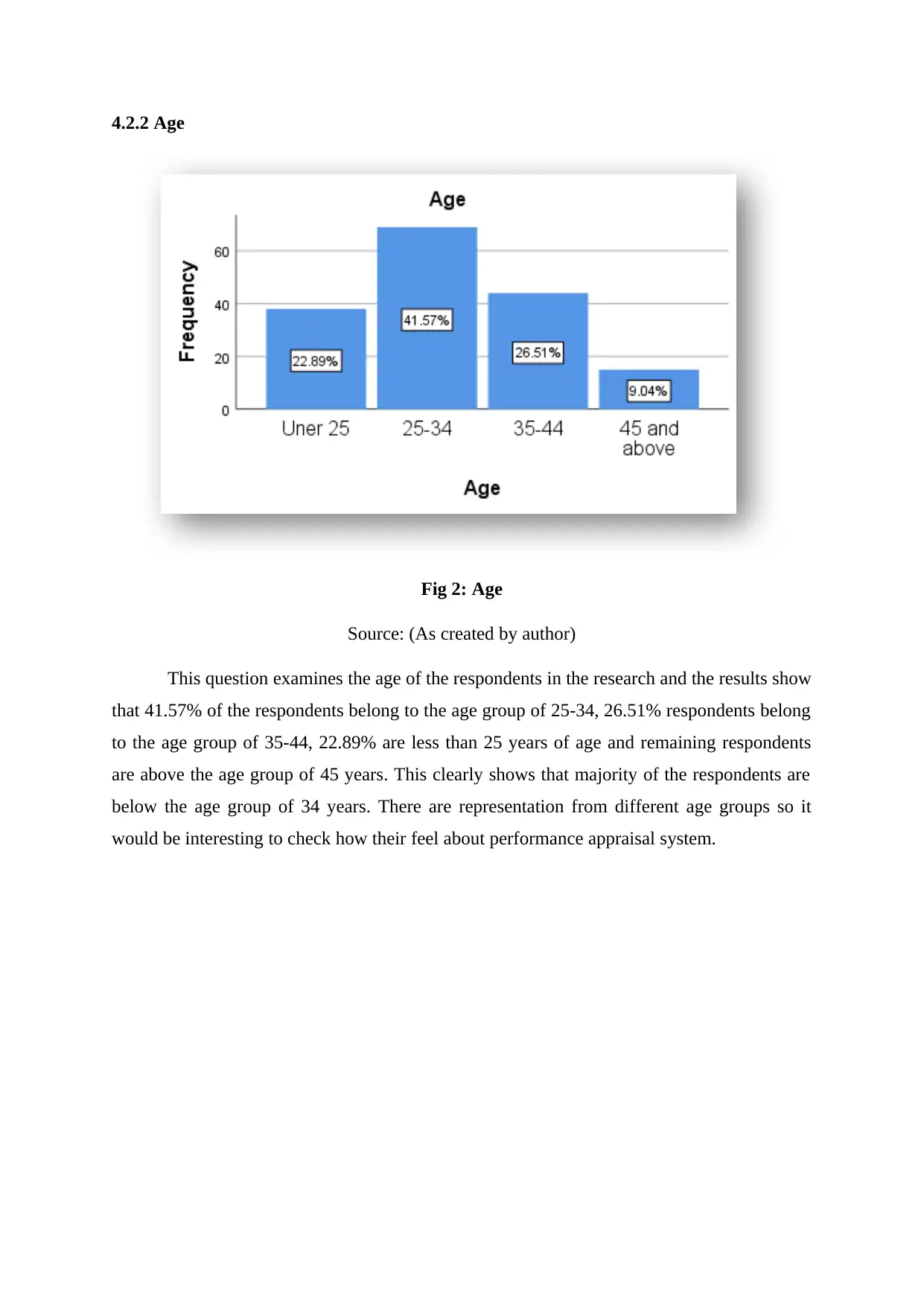
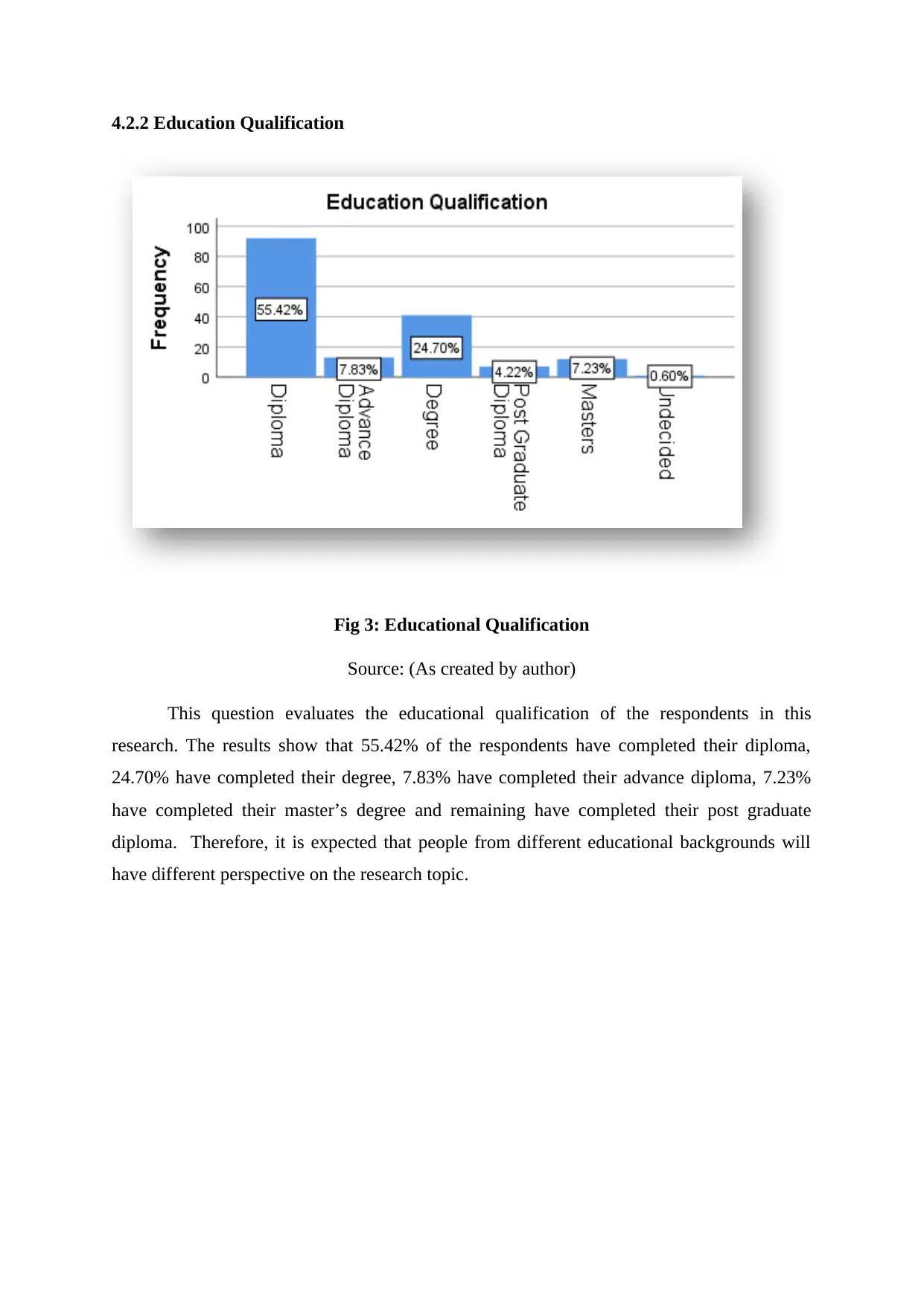

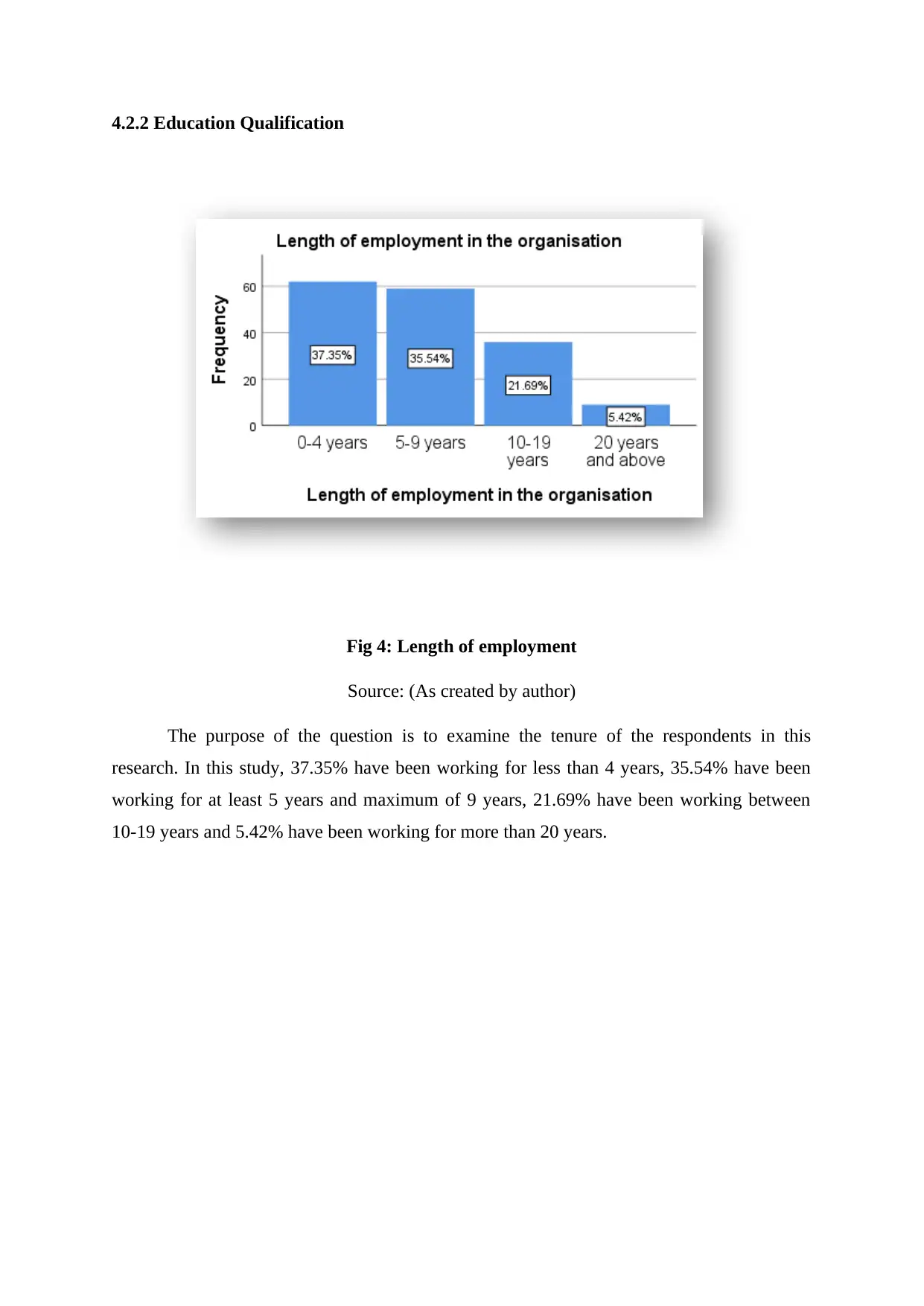
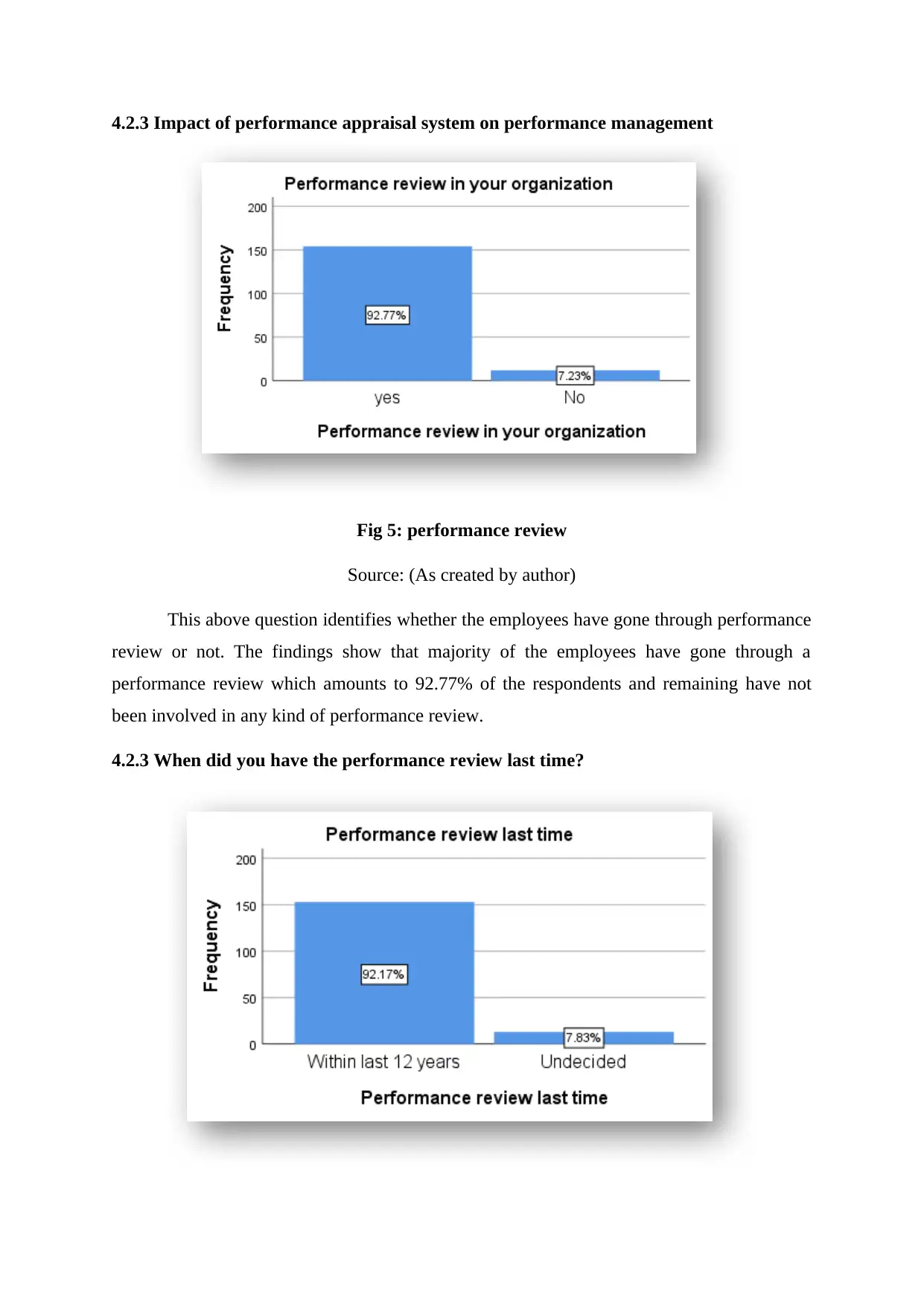
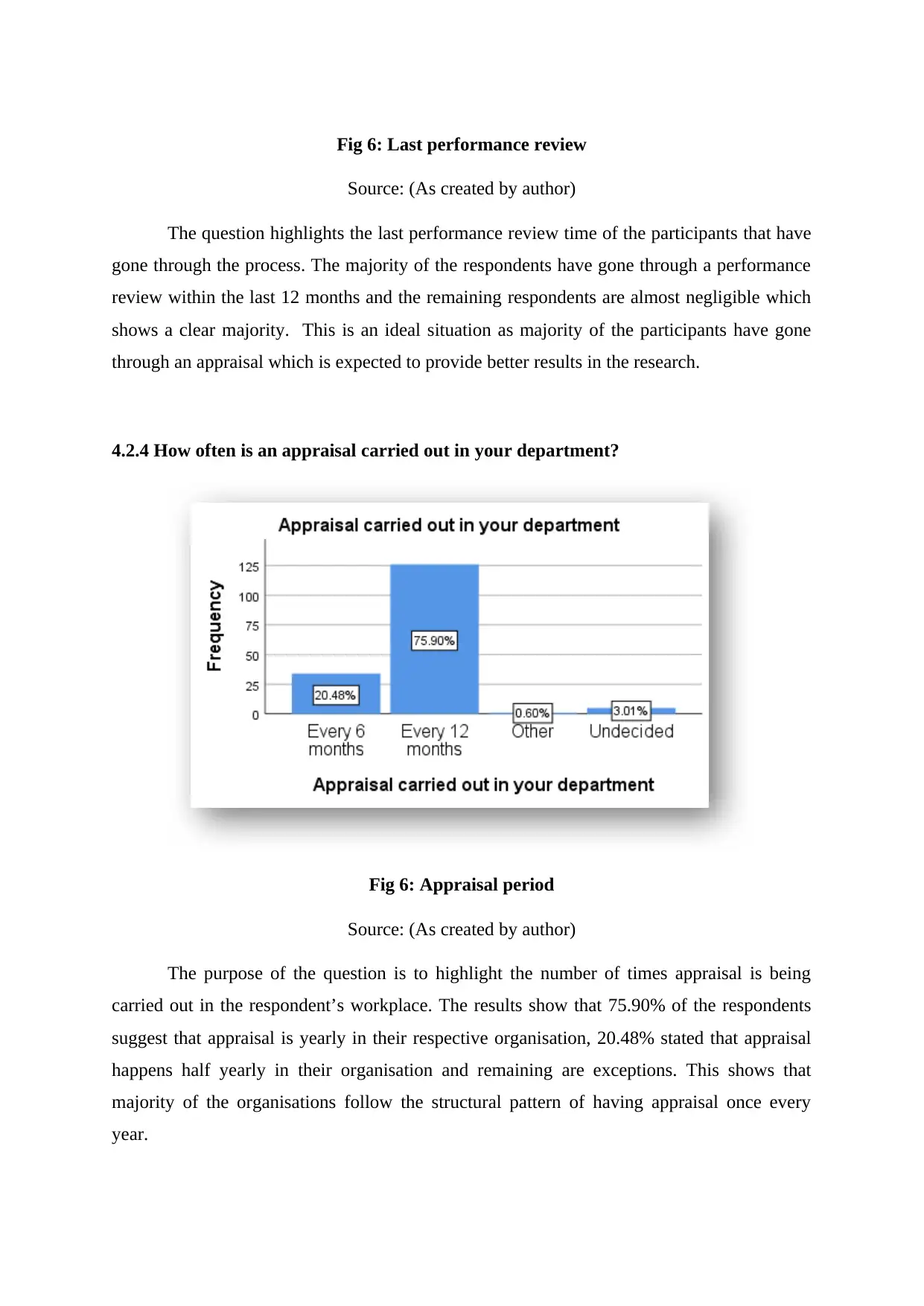
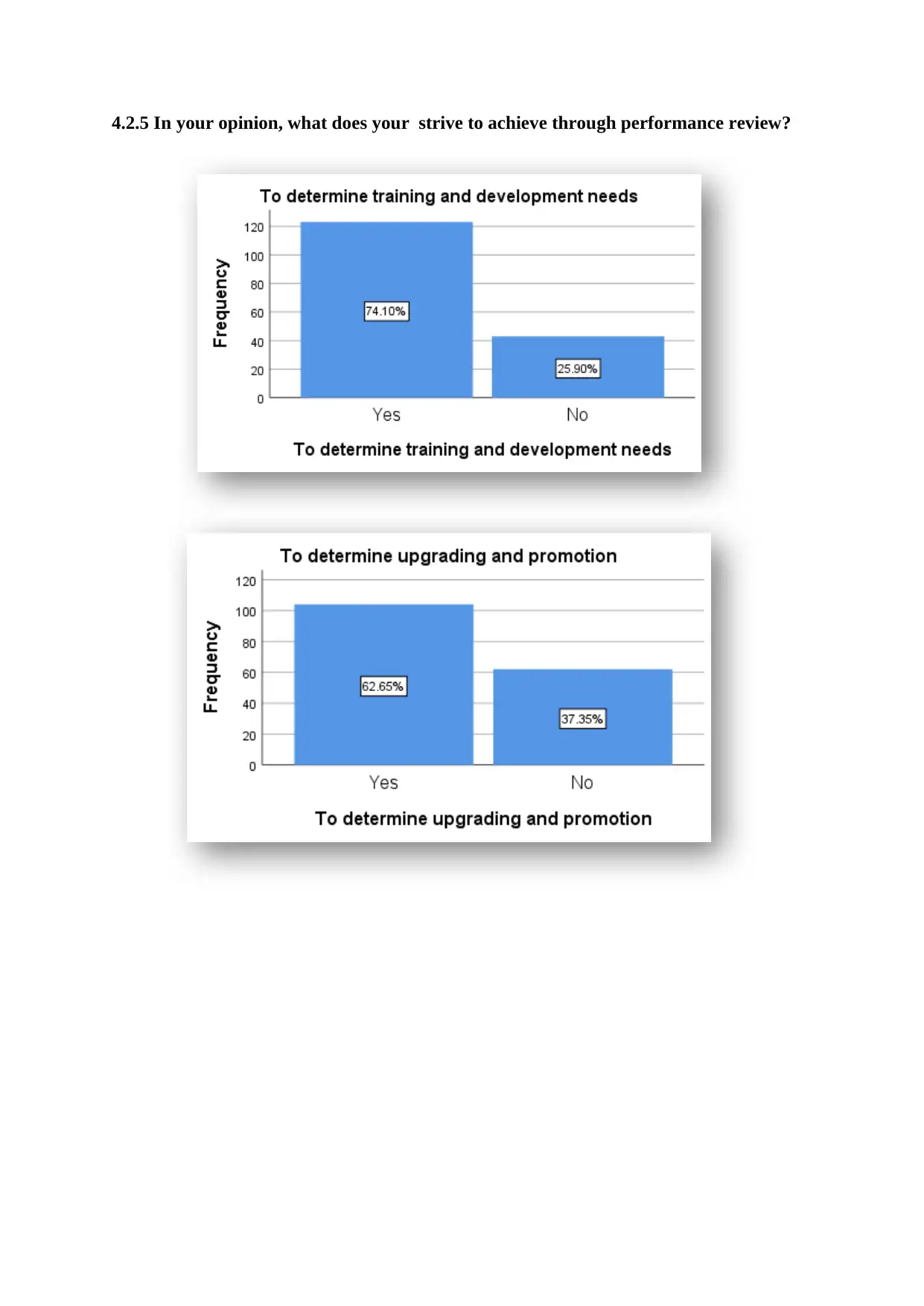
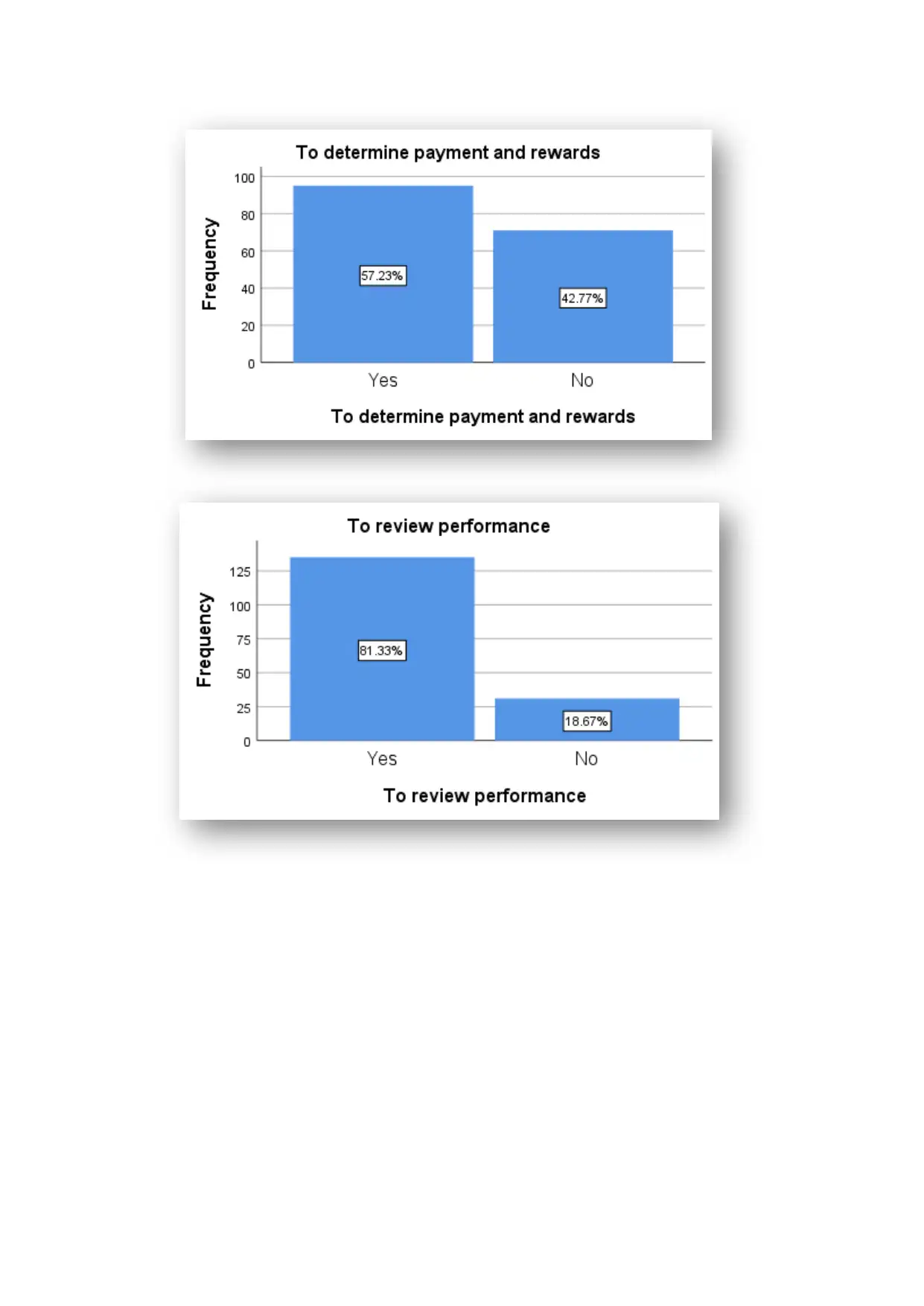
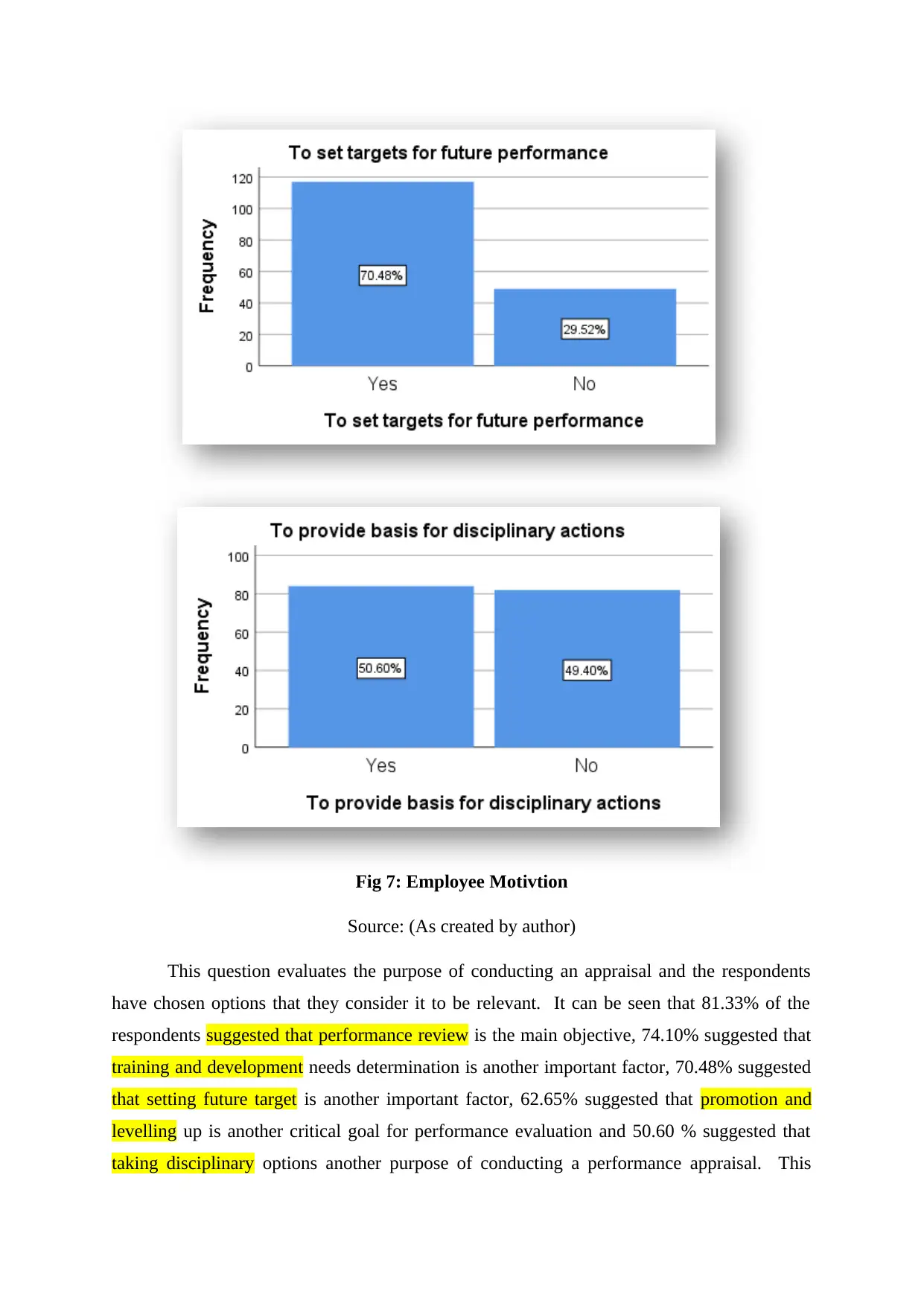
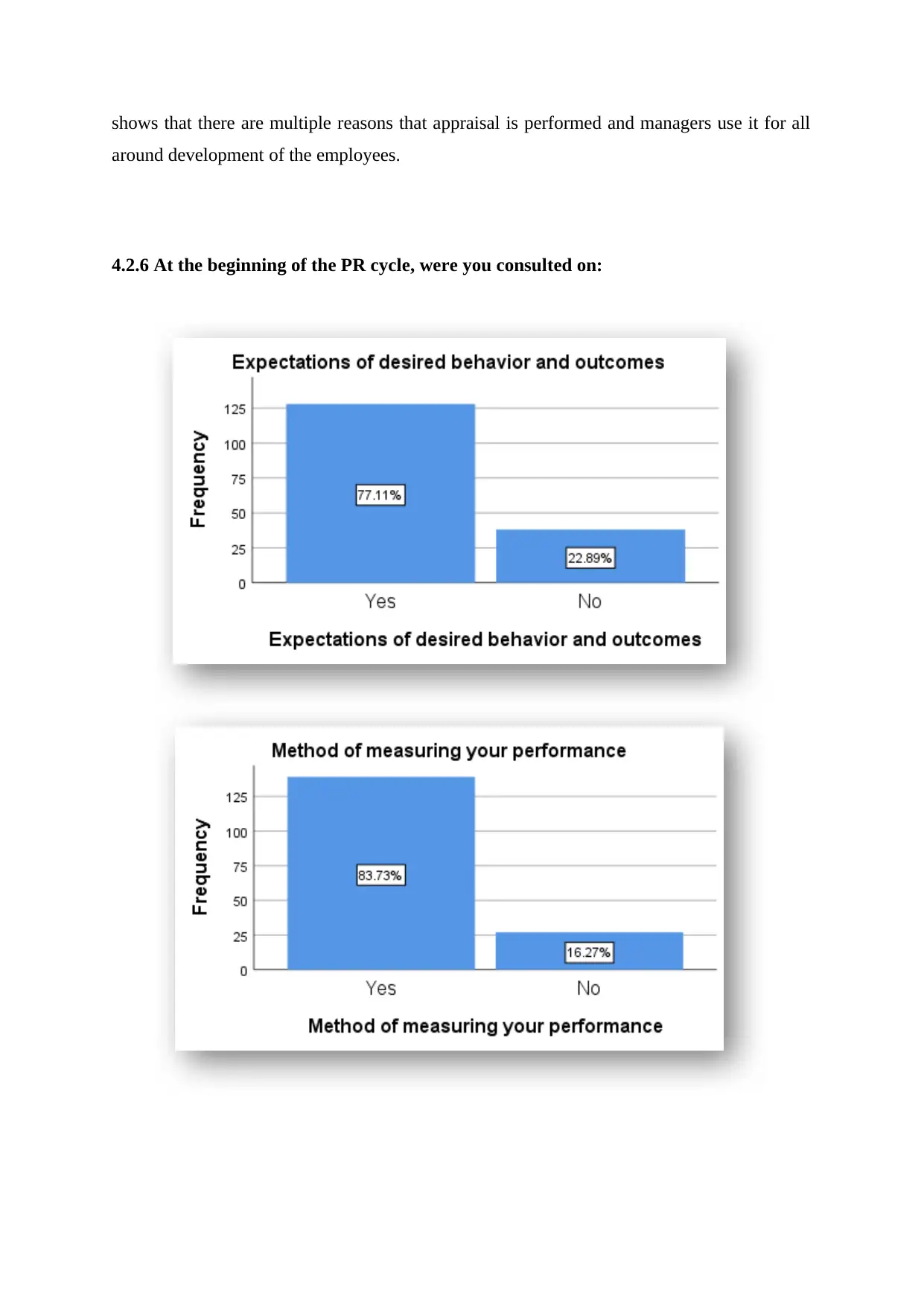
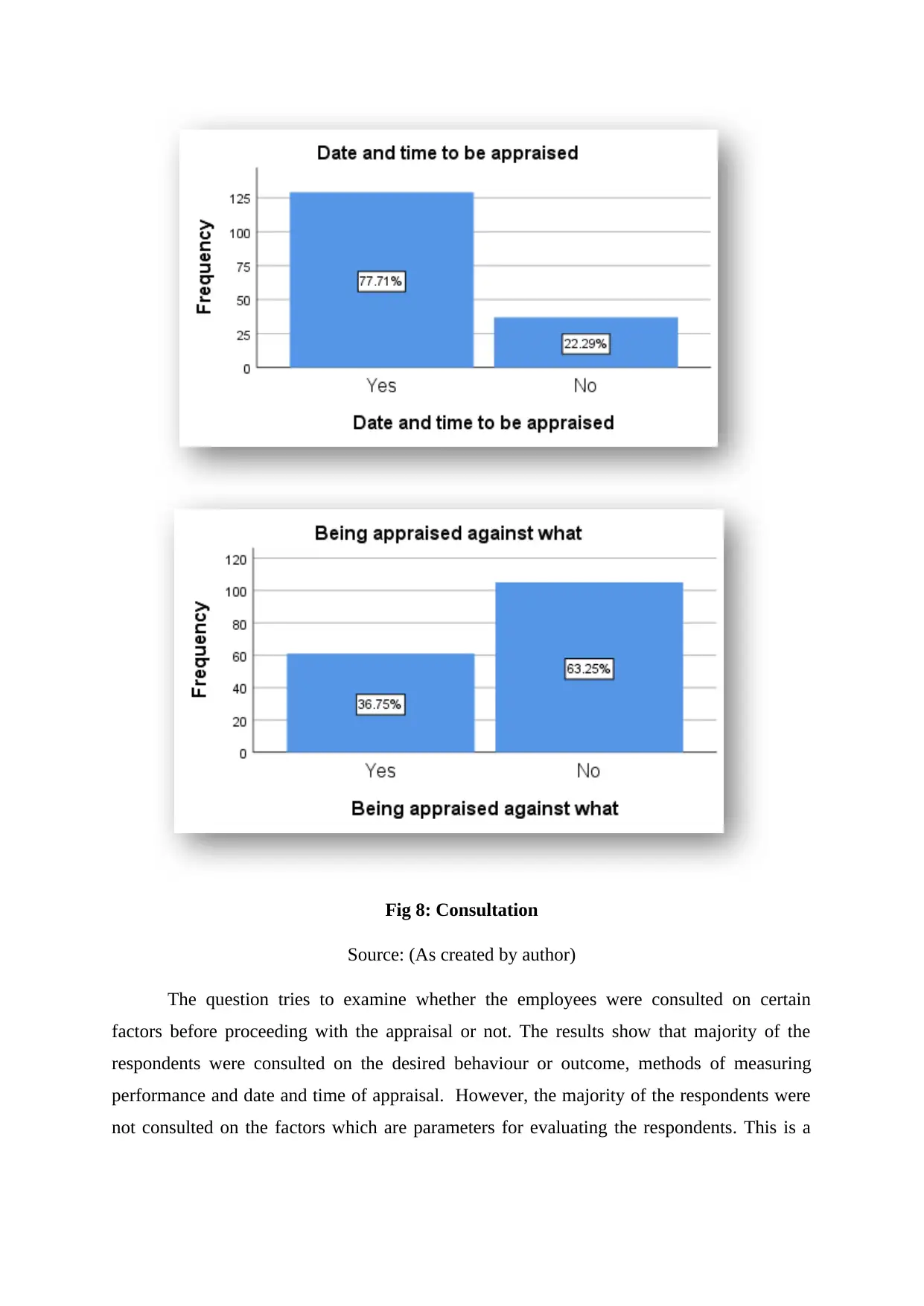
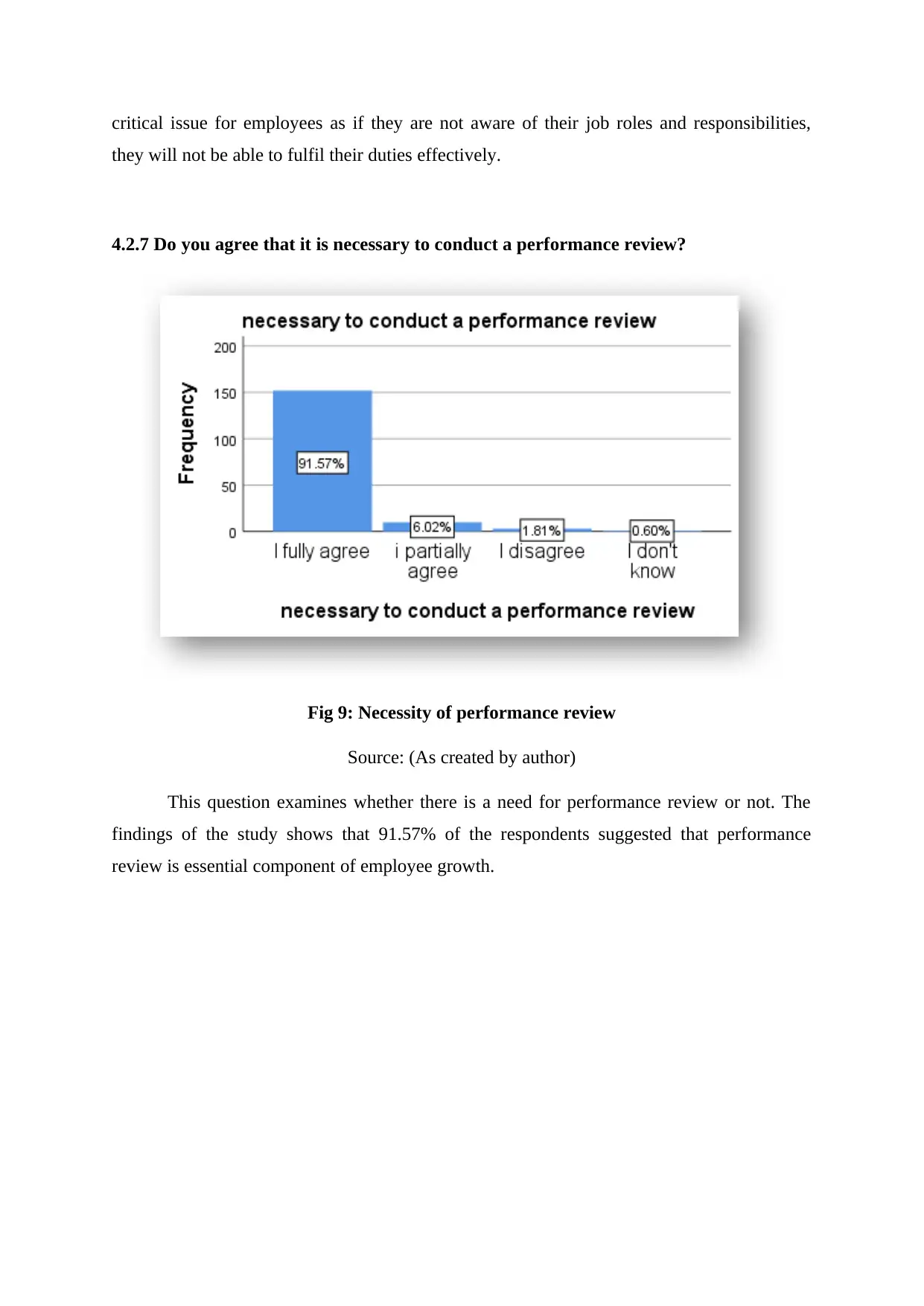






![[object Object]](/_next/static/media/star-bottom.7253800d.svg)